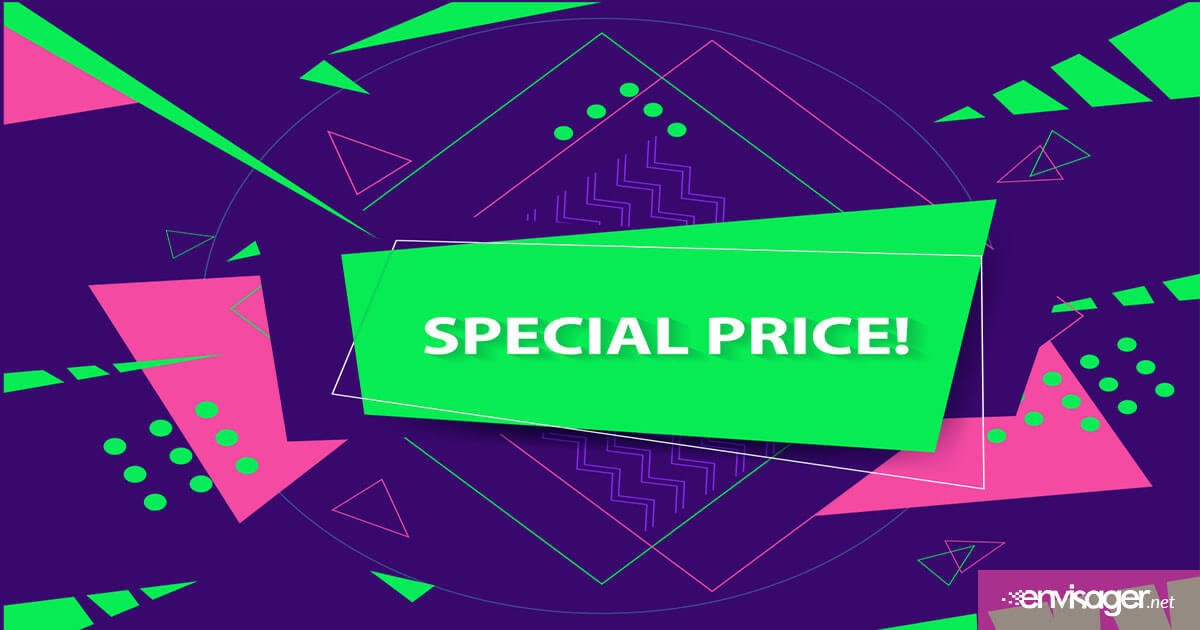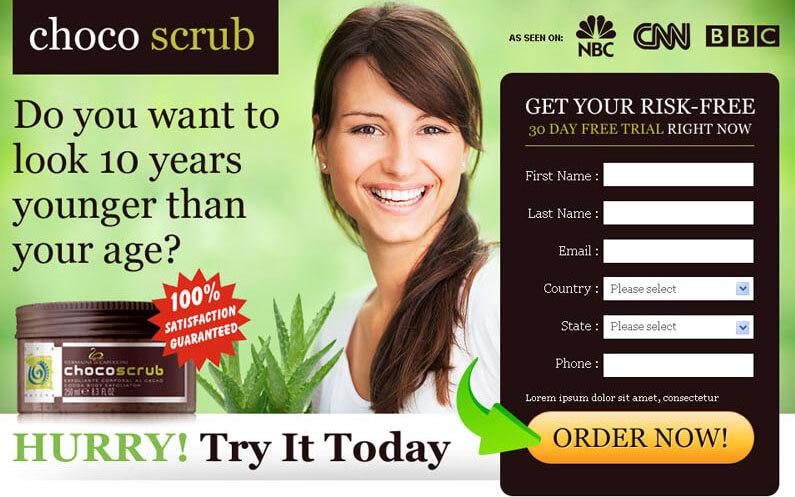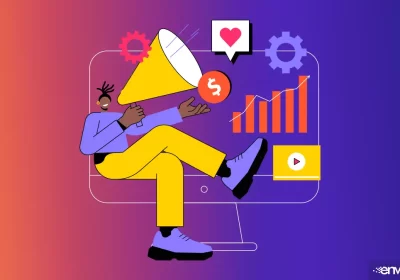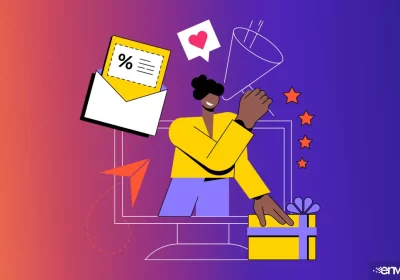Creating A Landing Page That Sells, Best Practices

When professionally designed and properly executed, a website landing page is a persuasive strategy to drive sales to your business. Here we will discuss how to write and promote a landing page that sells in a few easy steps.
What Is A Landing Page?
A landing page is a web page that your website visitors land on for a specific reason. For example, you may have an active Google Ad that mentions ‘facial scrub for looking younger’. When someone clicks this ad, they should be directed to a page (the landing page) that precisely represents what your Google Ad referred to — content or offer from your business related to this facial scrub. Obviously, it would be contradictory and senseless if instead the visitor landed on a page that showed completely unrelated content like logo design or website design offers.
A compelling standalone page should specifically accommodate those who have landed on it in order to drive conversions to your business. Essentially, visitors should not be confused or surprised by the page they landed on. Instead, it should be a natural continuation of the Google Ad they clicked on. See below for an example of an effective landing page that clearly represents facial scrub that we mentioned above:

Decide On The Point Of Entry
You need to decide how people will reach your special page. Perhaps you will seek visitors via a social media or run a Google Ad campaign. The lead-in should align with the special page regardless of the specific ‘how’. So if you opt for social media, a Facebook campaign, whether you are boosting a post or creating a full campaign, the topic of the landing page should be mentioned in the post or full campaign as well as well as providing relevant images alongside the text. The same continuity applies if you decide to run a Google Ad — the URL, title, and meta description of the ad should all describe what will be seen on the landing page.
Curate and Organize Your Content
As previously discussed, the landing page itself should be graced with the relevant content that visitors are expecting to see. So, if your ad mentions a Choco Scrub 30 Day Free Trial, it would be wise to strategically place this as large text in the heading of the landing page. The landing page’s content should be complementary to what is stated in the heading.
Best practices for web pages minimum word count is three hundred. Landing pages, however, can forgo this rule for a more effective and to the point approach. Because the main purpose of a landing page is to get visitors to perform an action and not necessarily have the page rank well organically, SEO isn’t really a factor for short-term marketing campaigns. So while you do need a certain amount of text such as what was just mentioned above regarding the header, the remaining text you provide should be a brief summary of your product or service and your business, and then guide your landing page visitors onward to purchase it.
Destination Optimization
Landing pages are essentially the middle point of the ad campaign journey. The flow is ‘entry point’ (the platform where it is advertised on such as social media), and the ‘exit point’ (where your desired conversion is completed such as a thank you page, newsletter signup confirmation, etc.). Thus the exit point is therefore the goal destination from a landing page.
It is crucial that all campaign entry points (social media, email, organic, PPC, etc.) and all existing collateral materials provide a cohesive brand experience and design. If your landing page does not match the aesthetic of the ad campaign then visitors will become confused and most likely assume they are not in the right place and leave the page.
Also, if the landing page directs visitors to your online store, ensure you have relevant content and offers that are easily accessible and highly visible in order to guide them towards making a purchase. By guiding them through this subliminal customer journal, you guide conversions and sales to your business.
In Conclusion
Approach your landing page creation process as though it were a story with a start (entry point), middle (landing page), and an ending (conversion/exit point). When each of these components are fully executed and optimized, your business is prepared to enjoy the rewards of opportunities driven to it. And remember, from ad through landing page and onto the destination site, design, messaging and tone should be consistent with the expectations your visitors had at the time they clicked the ad image or link. At our Envisager Studio Website Design Agency, our sales and Internet marketing team can help your business by creating effective landing pages to obtain ideal conversions. Get in touch with our friendly team today at (858) 874-6528 or get a quote.
Don’t forget to leave your comments and questions below, and we promise to respond to each of them.

Hazel Burgess
FOUNDER/SEO DIRECTOR
Hazel is the Founder & SEO Director at Envisager Studio, a premier website design agency specializing in WordPress website design, development and internet marketing. In her spare time, she writes about search engine optimization, website design, and internet marketing.


